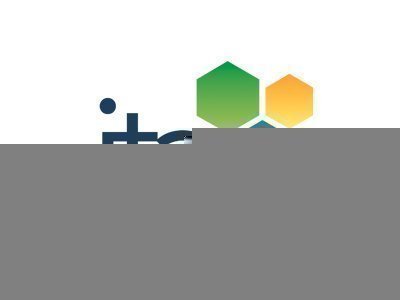Hearing Protection Overprotection and the Rule of Thumb
OHS equipment suppliers indicate that hearing protection remains an important control measure in the fight against noise induced hearing loss. The increase in availability and affordability of equipment like powered hand tools with very noisy two stroke petrol powered engines to replace almost every physical activity has increased the need for effective hearing protection for traditionally quiet work such as sweeping and plant trimming.
In small businesses with intermittent noise exposures the selection of hearing protection probably gets limited thought. Where the tasks are short term/high noise, the oft-used approach of selecting high attenuation ear muffs can be appropriate even if it results in short term overprotection. For exposures over longer durations at lower noise levels this overprotection comes at a price and should be avoided where practicable.
According to a major hearing protection supplier, overprotection leads to “difficulties with communication and hearing warning signals . . . isolation, safety risks, and . . . a tendency to remove the hearing protection and therefore risk (hearing) damage”.
These negative affects are exacerbated in people with an existing hearing loss. It makes sense that people experiencing these problems will remove their hearing protection to enable them to do their job creating a cause effect spiral for those that can least afford further hearing loss. Also important is the pointless discomfort and inconvenience experienced with the unnecessary prescription of heavy duty hearing protectors.
- Noise levels in the work environment
- Exposure duration
- Frequency spectrum of the noise
- The individual’s hearing
- Need for communication
- Need to hear warning signals
So correct selection starts with an assessment to determine if, where and what type of hearing protection is required – commonly called a noise survey. Many publications, including those from the State and Territory Authorities, canvass the need to shout at one meter the “rule of thumb” to assess noise, normally qualified with advice to seek professional assessment where appropriate. The “rule of thumb” is a very blunt survey tool, at best passable for establishing a rough threshold for broadband noise hazard and no good for risk assessment or the selection of hearing protection (see below).
As with most things, precision requires a combination of instrumentation and expertise. Accurate noise assessment requires a properly calibrated Type 1 or 2 sound level meter, and in many circumstances multiple noise dosimeters, with a competent person to drive them.
Experts suggest that protecting to noise levels (at the ear) less than 70 dB should be avoided to prevent the problems discussed above. With the array of hearing protectors currently available, calibration of hearing protection to provide adequate, rather than over protection, is eminently practicable providing you have an accurate exposure assessment.
- An accurate assessment to determine if the hearing protection is necessary and if so, what type is best
- Training in the hazards, risks and controls relevant to their workplace noise exposures
- Audiometric testing to ensure the hearing protection program is working
These measures complete an appropriate hearing protection program.
If you are interested in a Noise Survey or Audiometric Testing for your organization call JTA Noise on 1300 856 282.









